
I think it is probably a slight understatement to say May has been unseasonably cold and wet this year. As they say in Assa Mara, as the Cumbrains refer to their wonderfully colourful dialect, ‘ Its been mainly hossing it doon’.

We have just returned from a very wet, cold and windy 10 days up in the beautiful place that is the English Lake District. I will temper that comment slightly because we did have a couple of sunny days, interspersed with mainly syling (pouring rain to you and me).

From the hills, farmland, marshes and flat plains of the coast in the south to the high steep passes, dramatic hill ranges in the North, the Lake District has much more to offer than lakes, and they are inspiring and wonderful enough on their own. The Lake District feels like a separate kingdom all of its own. I think it is because of the steep and almost impenetrable hills all around, that made travel into the area, before the modern motorcar, extremely difficult. Thus creating a fiercely independent and hearty population, self sufficient, reliant on no one but themselves. With their own dialect, system of counting (sheep) and with a strong sense of pride amongst other things.

We started our stay on the Kendal CMC Site just south of Kendal. In a wood and on the site of an old Gunpowder Factory, believe it or not, and running along the banks of the River Kent. An ideal base for exploring the South along to the coast and up towards Windermere. Whilst here we met up with friends Julia and Andrew, who know quite bit about the Lakes and also its sheep. There are a lot of sheep in the Lakes, including the wonderful local breed The Herdwick. This was when we learnt how to count sheep Cumbrian style:-

Yan, Tyan, Tethera, Methera, Peen, Sethera, Lethera, Honera, Dorera, Dick. 15 is my favourite - Bumfit. Then the Number 20 - Giggot.
I love it.
On one of our days out we travelled along the B5087 coast road towards Barrow. Running alongside Morecambe Bay on a grey day, the view was surprisingly open and very bleak. We travelled up to Roa Island, now no longer an island as in 1846 a wealthy London Banker purchased it and started to build a causeway, lucky for us because we could then drive to the end and look over to the little island that is home to Piel Castle (now owned by English Heritage). Apparently this causeway provided a deep water pier where steamers could sail to Fleetwood. Now Roa is home to a Lifeboat Station, Yacht Club, Hotel and various houses. It did have a fisheries lab, customs and excise house and housed the army during WW2.

As we drove back towards Ulverston we caught a glimpse of a shining gold rooftop through the trees and were surprised to see the top of a Buddhist Temple appear. Driving down the short drive to investigate we discovered The Kadampa Temple for World Peace. Set in the grounds of Cornishead Priory, the temple, priory and grounds are free explore as is a 15 minute taster meditation in the wonderful Temple. We took the time to explore this quiet and peaceful place and enjoyed some home baked delicacies and tea in the cafe. You can also walk through the gardens to Morecambe Bay. The temple was an unexpected and very interesting discovery that provoked some interesting discussion between us later on that evening.
A walk our friends were particularly keen to share with us was at Humphrey Head. Just south of the pretty village of Cartmel the view over Morecambe Bay was spectacular. We could see all the way to Blackpool Tower, luckily for us the sun was shining and although the wind was cold, the view was clear. One of the benefits of having friends who are local, they know all the best places to go.
We enjoyed another walk with our friends a few days later, after a stressful 3 hours stuck in weekend traffic and road closures, which had no signposting until you had queued for hours, I’ll say no more! After a lovely picnic in a pretty meadow by the water, we followed the river up the Rusland Valley, through a lovely wood at the foot of the Whinny Hills and along a quiet track between farms where you could see the distant Hills of Coniston and back to our vehicles. It was a lovely sunny day and we had great company. Thank you both and Ellie of course.
Before we left the area we enjoyed an afternoon tea at Holker Hall Gardens, where I must say I ate probably the best scone ever! Plus the flowers were lovely.
Please click on the arrow. Even the flowers were soaked through!
For the second part of of break we based ourselves at Borrowdale CMC Site. This really is a wonderful place. Situated on the South West side of Derwentwater in amongst the trees, this site has no facilities but is peaceful and full of wildlife.

In fact both sites had a wonderful cacophony of birdsong every day and evening. We heard and saw, the cuckoo, lesser spotted woodpeckers, owls, pheasant, robins, blue tits, European jays, thrush, heron, various makes of duck (as Garry would say) and various finch. A birdwatchers paradise.
Sizergh Gardens
Apparently there are also red squirrel although I didn’t see any. I really want to see a red squirrel in living free in Britain. I haven’t given up yet!
During our explorations around Keswick we came across many different thwaites:- Braithwaite, Applethwaite, Seathwaite, Ormathwaite, Sillathwaite to name but a few. We didn’t know what a thwaite was, so I looked it up:-
‘ A piece of wild land cleared or reclaimed for cultivation’.
It comes from the Norse ‘ thveit’ meaning clearing or meadow. Well, there certainly is a lot of wild land in the Lake District.
Derwentwater
We were pleased to discover you can explore the edges of Derwentwater as there is a path all the way round, with various ferries to take you from one end or side to the other if you don’t want to hoof it all the way. You can walk down to the lakeside direct from the campsite which is a great advantage, no driving and trying to find a parking spot.
One trip I did want to do was the Honister Pass (B5289) high up, between Seatoller and Buttermere between the hills of Fleetwith Pike and Hindscarth. The pass rises to 1167 feet and is a much quieter place to explore than some areas in the Lakes. It was a freezing cold day but we were determined to enjoy the fantastic views. We lunched by the Gatesgarthdale Beck and admired the rolling clouds and ever changing mountain tops. We stopped to explore the Slate Mine briefly, where you can experience all kinds of adventure activities. Buttermere was surprisingly busy, lots of ramblers tucking in to rather delicious looking grub available from many outlets along the way.
Honister Slate - Click on Arrow
On our way back we stopped to take a look at the Bowder Stone, managed by NT. This amazing boulder which you can climb up by ladder, apparently fell 200 feet from the top of Bowder Crag on Kings How between 10 and 13 thousand years ago. Lovely views from there as well.
I noticed there are some wonderful place names in this area my favourite being; ‘Joppletyhow Moss’ one of the many fells. We also came across Shivery Man and Shivery Knot, Starling Dodd and Lank Rigg. Wonderful, you know me and dialects.
We were sorry to leave. As always with our travels, we generally wish we could stay and explore longer, there never seems to be enough time.

Hope you enjoy my brief account of our trip and the accompanying photos. Thanks for taking the time to read it. Now lockdown is easing somewhat there is much more for us all to do, thank goodness, so I do hope you are all managing to get out and about a bit to explore some of our wonderful Country.

Until next time
Caroline


















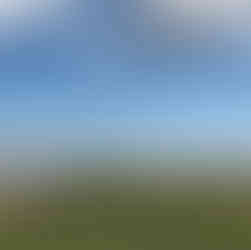

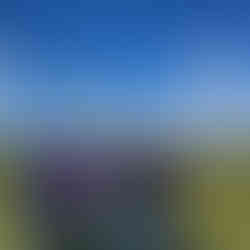


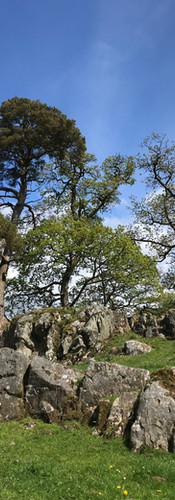

















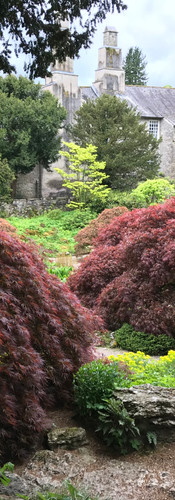

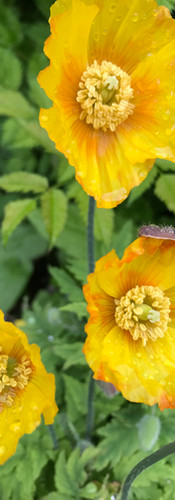



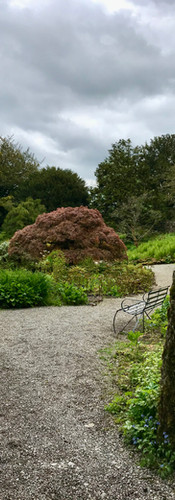

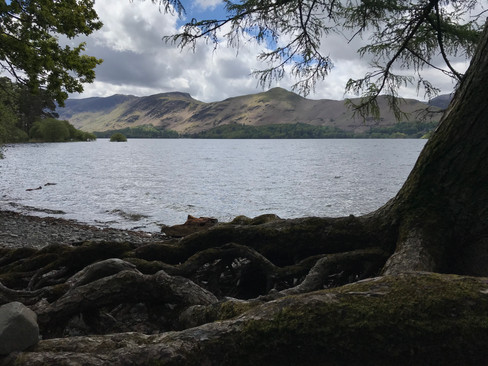

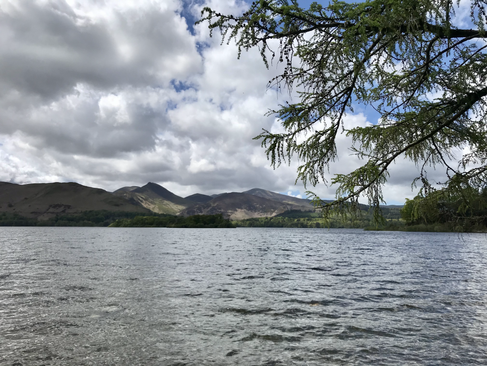








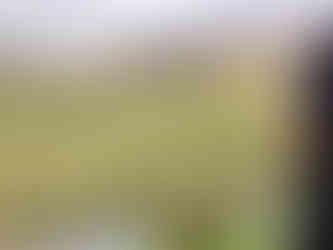












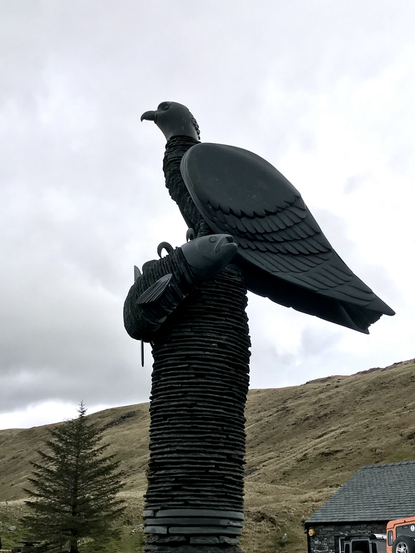



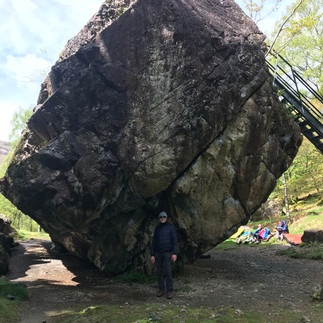




Comments